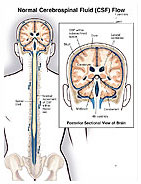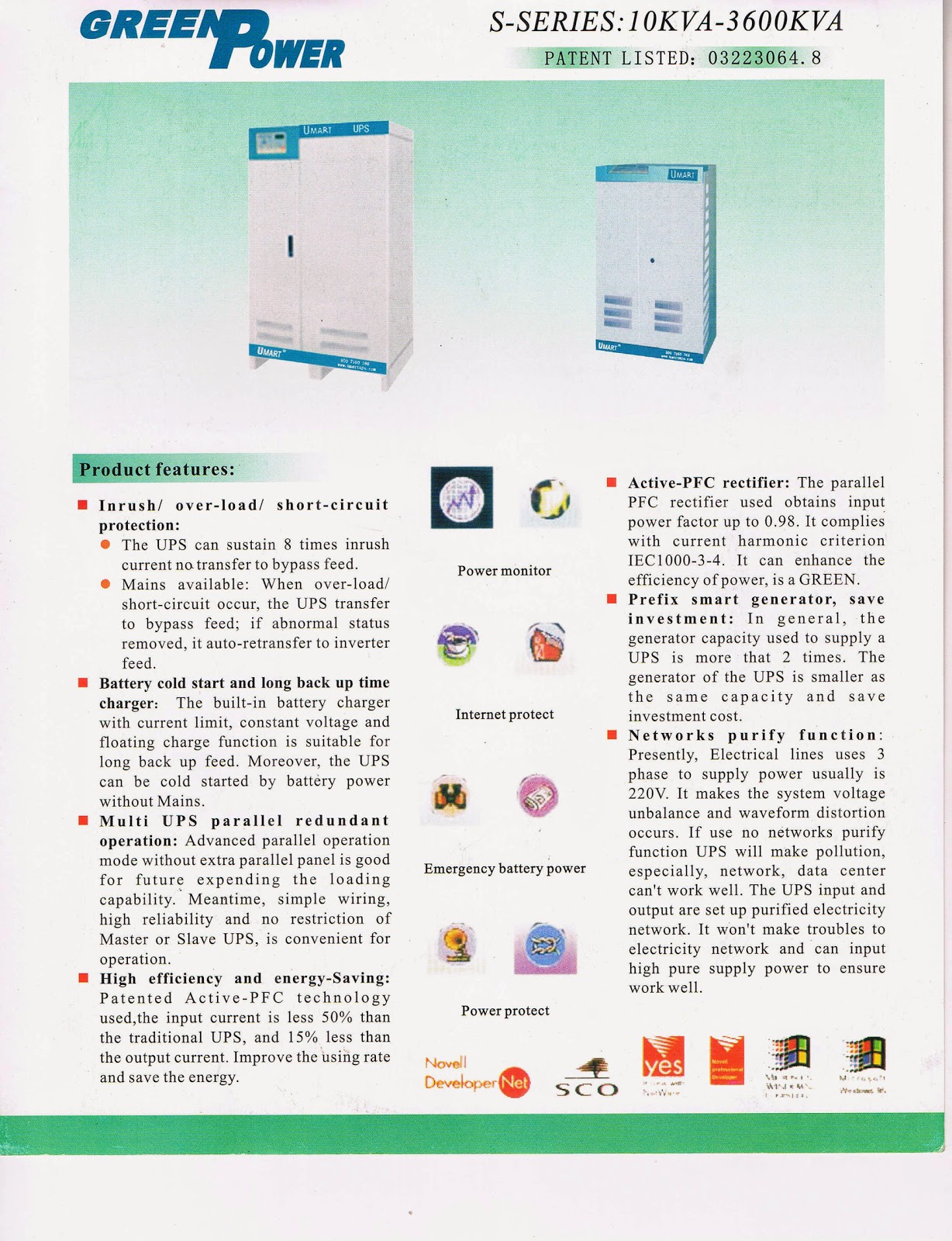

Osmotic Pressure: the amount of hydrostatic pressure (force of fluid exerted on the vessel wall) required to counter osmosis Osmotic pressure is attributed to the osmolarity of a solution Isosmotic - has same osmolarity as body fluids Hyperosmotic - higher osmolarity than body fluids Hyposmotic- lower osmolarity than body fluids Figure 4-10 Guyton & Hall The solution with the highest number of particles will have the highest hydrostatic pressure. Osmotic pressure is attributed to the osmolarity of a solution. Osmotic pressure is the amount of hydrostatic pressure required to stop osmosis from moving water from low to high concentration across a cell membrane.IT IS a driving force for moving plasma water across walls of capillaries.Animal cell membranes are “flexible” so it is not a driving force across cell membranes.The pressure of the fluid exerted on the vessels, or container (change in energy/mole).Driving force for water movement across cell membranes.a chemical potential energy difference dependent on the water concentration on two sides of the membrane.Only small uncharged molecules or fat soluble molecules can pass through membrane without help- diffusion (passive transport).Selectively permeable- allows some substances to pass.Lipids and lipid-loving (hydrophobic or lipophylic) substances, such as alcoholįunctions of Membrane- Selective Permeability and Transport.

What particles can cross the cell membrane? The particles in the cell will suck water into the cell until the cell bursts.
If you have a cell containing 300 mOsm of potassium (K+) immersed in pure water, will it shrink or burst? The potassium cannot flow out of the cell to equalize its numbers inside and outside of the cell because it is blocked in by the cell membrane. Won’t the potassium ions want to move down their concentration gradient towards equilibrium? Yes, they will want to, but the cell membranes are semi-permeable and will prevent the potassium (and other particles) from crossing. If the numbers of particles are always the same, how can we have higher numbers of potassium ions inside of the cell compared to the outside of the cell?. Same osmolalities (total number of particles) 0.3 Osmolal = 300 mOsmolal (actually closer to 280mOsmolal) Plasma Interstitial Intracellularĭifferent compositions across the membrane:. Different compositions (different amounts of individual particles). in all the compartments you should get the same number of particles: 300 million particles per liter,. If you manipulate one body fluid compartment, it has an effect on another compartment. Body fluid compartments have different sizes and volumes, and different compositions. ECF Blood plasma Interstitial fluid Lymph fluid. Intra cellular fluid (ICF) 2/3 of body fluid. Extra cellular fluid ( ECF) 1/3 of body fluid. 15% Fats (Females have 10 % less body water – relatively greater amount of adipose tissue). These pumps transport ions against their concentration gradients to maintain the cytosol fluid composition of the ions.Cell PhysiologyBDS lecture -3(Body Fluid Compartments) Dr Pradeep Kumar Professor in Physiology KGMU, Lko The reason for these specific sodium and potassium ion concentrations are Na+/K ATPase pumps that facilitate the active transport of these ions. In contrast to extracellular fluid, cytosol has a high concentration of potassium ions and a low concentration of sodium ions. The cytosol also contains much higher amounts of charged macromolecules, such as proteins and nucleic acids, than the outside of the cell. The concentrations of the other ions in cytosol or intracellular fluid are quite different from those in extracellular fluid. The cell membrane separates cytosol from extracellular fluid, but can pass through the membrane via specialized channels and pumps during passive and active transport. The pH of the intracellular fluid is 7.4. Most of the cytosol is water, which makes up about 70% of the total volume of a typical cell. These enzymes are involved in the biochemical processes that sustain cells and activate or deactivate toxins. 
This mixture of small molecules is extraordinarily complex, as the variety of enzymes that are involved in cellular metabolism is immense. The cytosol or intracellular fluid consists mostly of water, dissolved ions, small molecules, and large, water-soluble molecules (such as proteins). The composition of tissue fluid depends upon the exchanges between the cells in the biological tissue and the blood.







 0 kommentar(er)
0 kommentar(er)
